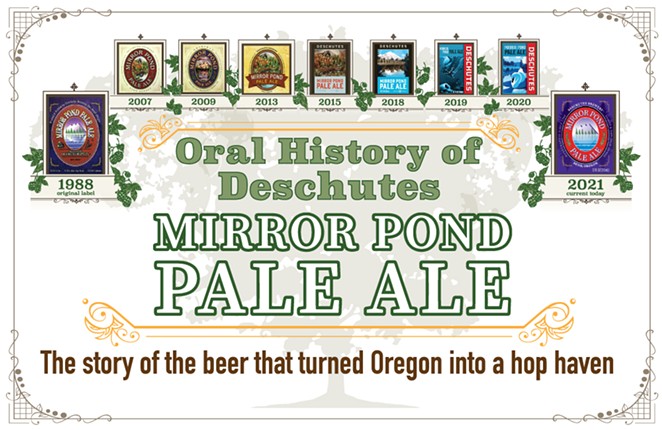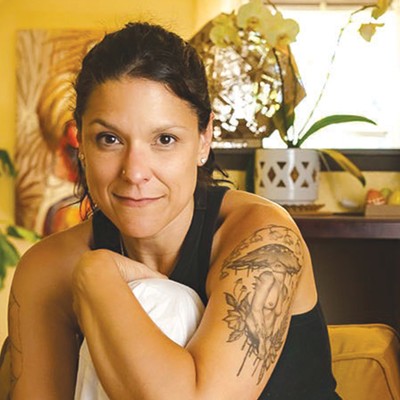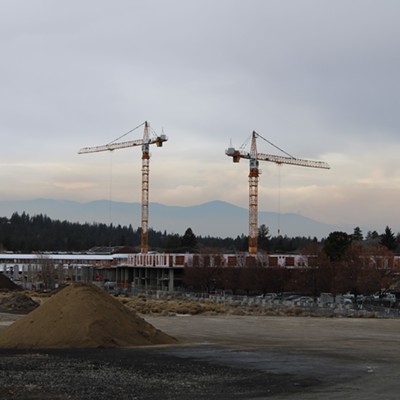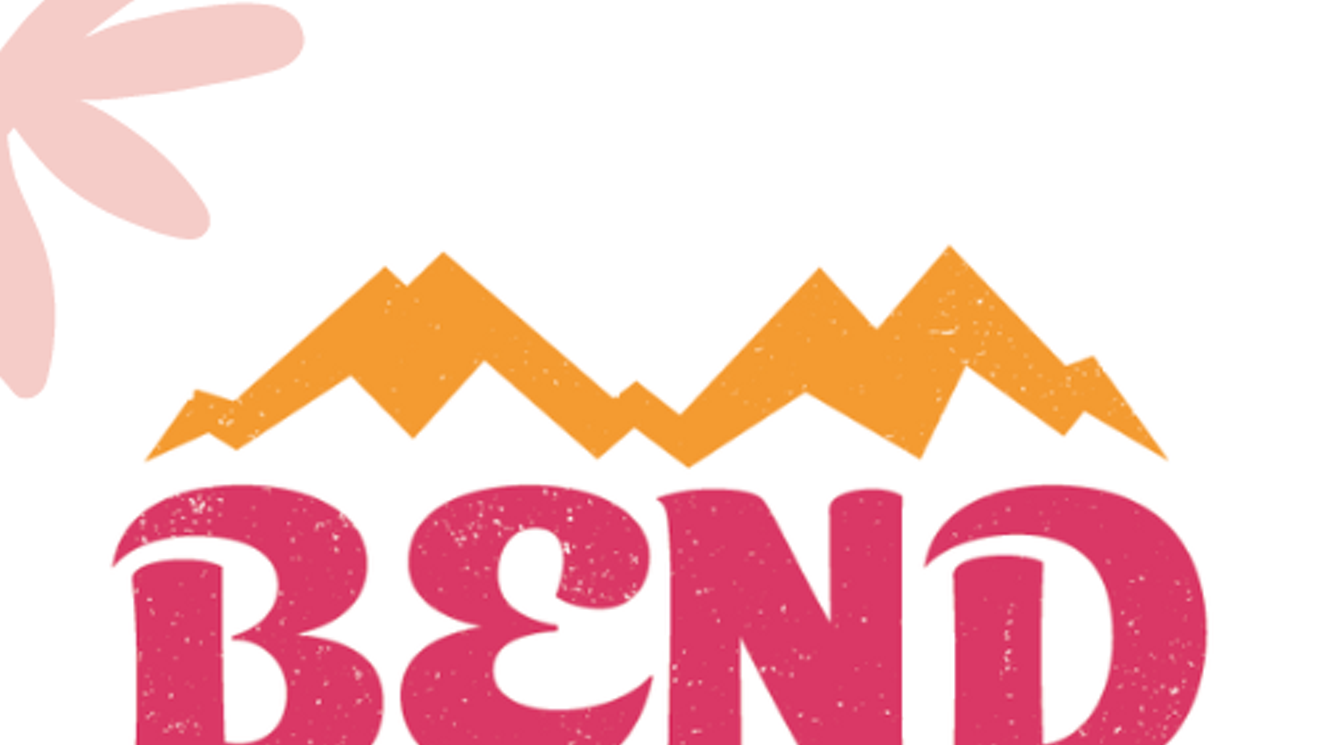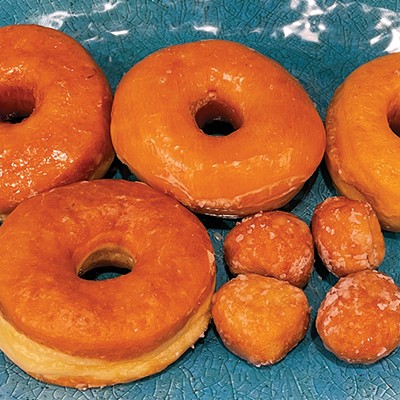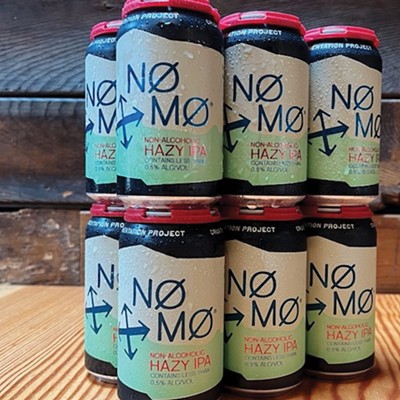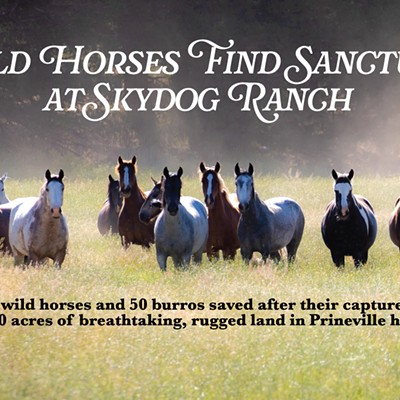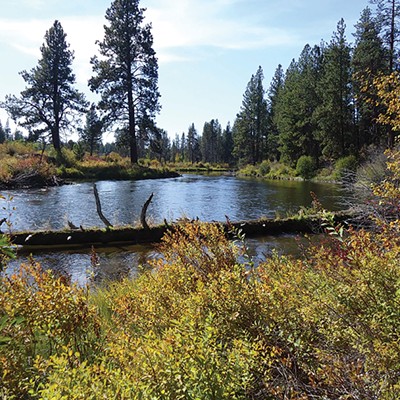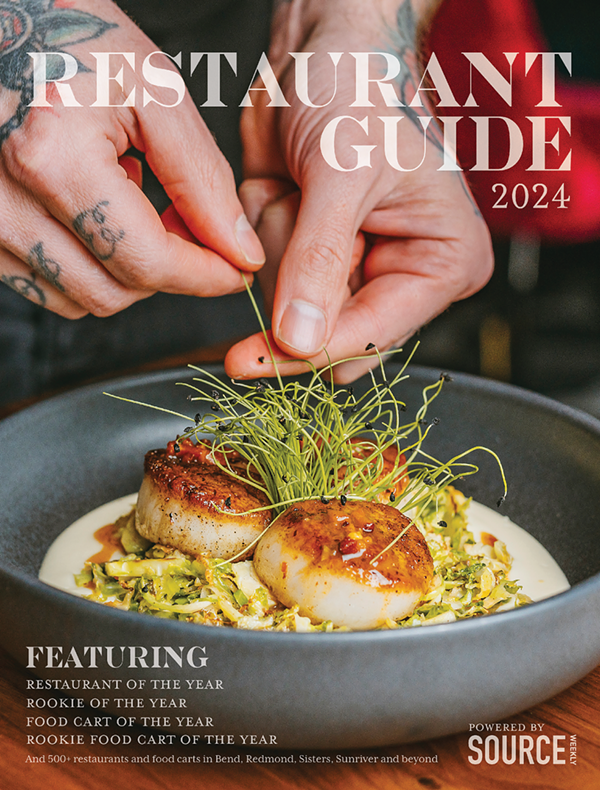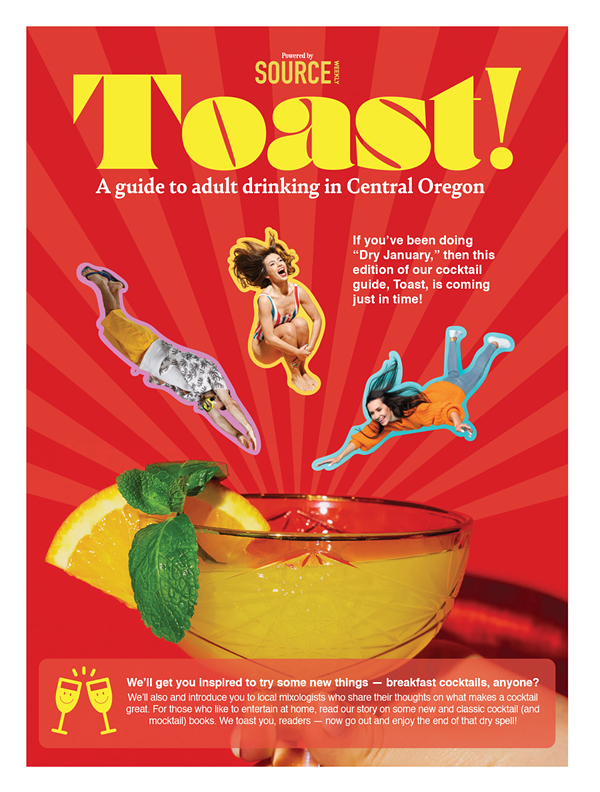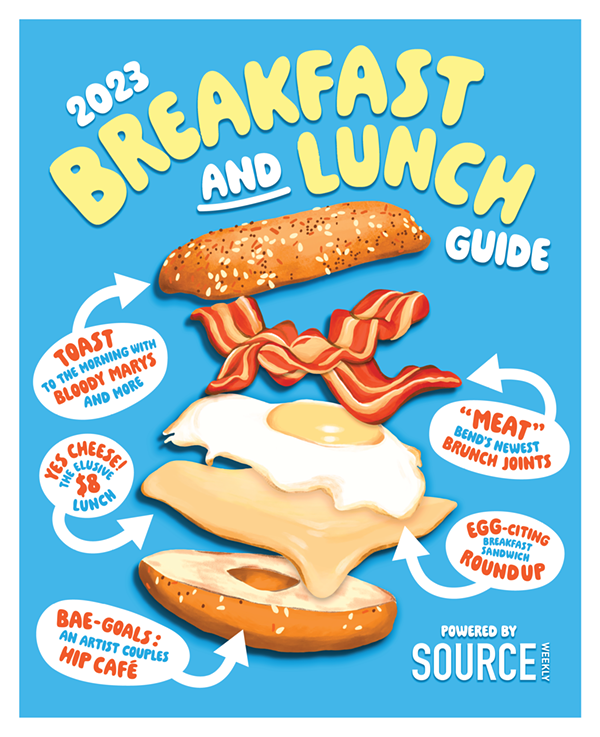Only a few beers can be considered truly emblematic of Bend—ones that sprang from, and also shaped, Bend's beer culture. This is the story of one of those beers, told by the people who brought and continue to bring it to life.
Gary Fish: Founded Deschutes Brewery in 1988, which he still owns independently.
"I'd hired a consultant, Frank Appleton, to install the equipment and design the first three beers. We named them for local, geographic landmarks: Cascade Ale, Bachelor Bitter and Black Butte Porter. Light, medium and dark.
"When we hired John Harris and got up and going, he and I talked about what else to make and what direction did we want to go in. Pale ales were kind of catching on as much as anything else at the time. Market share for craft beer was exceptionally small. The model John and I talked about was Sierra Nevada Pale Ale. As ubiquitous as anything we've got. We didn't want to copy it, but we loved Cascade hops."
John Harris: Brewed for Oregon's first brewpub, McMenamins, in 1986 until he joined Deschutes in 1988, before shifting in 1992 to Full Sail Brewing where he worked until starting Ecliptic Brewing in Portland in 2012
"When I came on board, Gary had not been in the (beer) business, but at that point, what even was the business? Frank had sketched out the three base recipes, the core beers that were not going to change. My first new recipe was a classic wheat beer. Not a (cloudy) hefeweizen like Widmer [Brothers Brewing] was doing. The second was Mirror Pond Pale Ale.
"I made Mirror Pond for my own taste, like Hammerhead at McMenamins. This was my take on not-quite Liberty Ale. But at Deschutes, I was using whole-cone (Cascade hops) from day one...and a newer process of dry hopping that brings up the floral bouquet and lots of citrus." —John Harris
tweet this
"I made Mirror Pond for my own taste, like Hammerhead at McMenamins. This was my take on not-quite Liberty Ale [First brewed by Anchor Brewing in 1975, hailed as the first American craft India Pale Ale, even though it wasn't called an IPA.] But at Deschutes, I was using whole-cone (Cascade hops) from day one...and a newer process of dry hopping that brings up the floral bouquet and lots of citrus. These days, of course, everyone dry hops!
"The first batch outsold (Bachelor) Bitter two to one. We only had four taps — hard to believe — so occasionally I'd rotate it back in. (You had to sell) 24 kegs of a batch before you'd brew the next beer. Now there are 24 beers on tap, but in those days four seemed like a lot.
"About 1990, we eventually started looking at selling beer into Portland and at that time I was good friends with Bobbie Kennedy and others at Admiralty (Beverage). They launched Pyramid and countless brands. I introduced Gary to Bobbie."
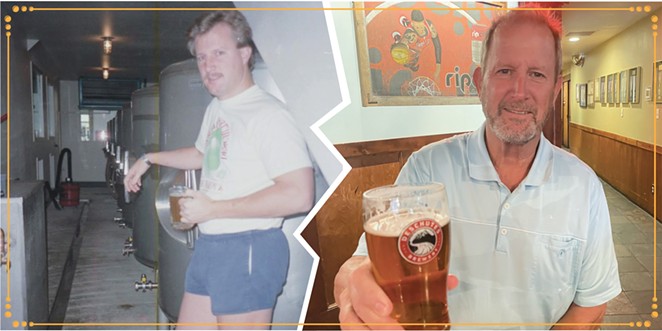
Fish: "Jim Kennedy (Bobbie's husband) at Admiralty (later acquired by Columbia Distributing, which remains Deschutes' distributor) used to say, 'We could duke it out in lighter- color beers...You'll be able to get that slice of the large, light colored beer pie. BUT, the much smaller dark beer pie, you can own the whole thing. (Because) nobody's pushing on this end of the envelope.' Jim had a clear vision for the brand."
On that note, Deschutes' Black Butte Porter remains the best-selling porter in America.
"Admiralty sold Widmer Hefeweizen and Black Butte Porter as salt and pepper. White and black. You gotta have 'em on every table...We built a sales plan that we didn't sell anything else. Everyone wanted Mirror Pond, but it was the last beer we sold in bottles when we got bottling equipment."
Harris: "Mirror Pond was initially a long-running seasonal that we'd run from March to November and then we'd take it away for Jubelale. It left people frothing at the bit to have it again."
"We got out a map to stay with the theme. We wanted a sense of place, as much for the pub as for the beer. We wanted Bend to take a form of ownership. We looked all over. We ended up settling on Mirror Pond — something about the tranquility of the river." —Gary Fish
tweet this
Jerry Christensen (58, inarguably the customer who's consumed more Mirror Pond than anyone else on Earth)
"I moved to Bend in March of '91 and found (Deschutes) immediately. I like lighter beers...but once (Mirror Pond) came on as a seasonal, right away I thought, 'That's what beer should taste like.' The balance. The beautiful color. It finishes clean. I have about 20-30 pints of Mirror Pond a week, mostly at the pub, but I've had kegs and cases at home."
If you average 25 pints per week for 52 weeks a year over the last 32 years that's 41,600 pints.
Fish: "We weren't giving a lot of thought to the (beer) names because we were just a pub and didn't think we were ever gonna be much more than that."
Deschutes is now the 11th largest American craft brewery.
"When it came time to (name) it, we got out a map to stay with the theme. We wanted a sense of place, as much for the pub as for the beer. We wanted Bend to take a form of ownership. We looked all over. We ended up settling on Mirror Pond — something about the tranquility of the river. It's dammed up, but meanders through that park. If I had to do it over again, I probably wouldn't call it Mirror Pond Pale Ale because you can't yell that across the bar. Five syllables. It ends up being 'pale' or 'Mirror Pond' or some shortened version. Now, I wouldn't change it but there've been a lot of times where we thought, 'Is that really what we should be calling it?'"
The original brew sheet from the day Harris first brewed it, July 19, 1988, reveals the initial name was to be Pumice Pale, but it was crossed out in favor of the now-iconic brand name.
“I’d never had Mirror Pond before it came to my Freddy’s in the bottle. I was already a Black Butte fan, so I bought a sixer. It was one of the most memorable beers in my life. It tasted like liquid sunshine.” —Jeff Alworth
tweet this
Jeff Alworth: Award-winning beer blogger at BeervanaBlog.com
"I'd never had Mirror Pond before it came to my Freddy's [Fred Meyer] in the bottle. I was already a Black Butte fan, so I bought a sixer. It was one of the most memorable beers in my life. It tasted like liquid sunshine."
Jon Abernathy: Blogger at America's longest-running beer blog, TheBrewSite.com
"I don't recall my first Mirror Pond Pale Ale, but it was before I'd had Sierra Nevada Pale Ale."
Abernathy was raised in Alfalfa a short distance east of Bend. He moved back to Bend at the age of 21, in 1993, after going to school in Spokane.
"By that time, Deschutes was very much entrenched. People were aware of it... Keanu Reeves and Uma Thurman were drinking at Deschutes when filming, "Even Cowgirls Get the Blues." (Still), Bend was a Bud-Miller-Coors town."
Repeating for dramatic effect. In 1993, one-brewery-Bend was a Bud-Miller-Coors town.

Alworth: "The Cascade hops, the soft malts, and while I didn't realize it at the time, those gentle esters — they were just so good. It was the first time I'd encountered what we've come to call 'juiciness.' I loved Mirror Pond because it packed so much flavor into such a sessionable package."
Mirror Pond debuted at 5.5% alcohol by volume. Today it's 5%. That's half a percent more sessionable.
Aug. 25, 2020, blog post on Craft Beer & Brewing by Alworth:
"When you look at the history and evolution of a style, it is typical to follow the beer. The story of pale ale usually leads back to Burton upon Trent in the English Midlands...Yet for the evolution of American pale ale, it makes more sense to follow the hops...In 1968, the first commercial crop of the new hop — now called Cascade — came off 2 acres near Salem."
Harris: "Dr. Al Haunold helped create Cascade hops. (Cascades were the USDA's first new hop varietal to be released since Prohibition.) He's a hop legend. The choice for hops in the late '80s was very limited. You mostly had classic ("noble") German hops. Very good. Cascade stood out. In my opinion, it's the hop that put microbrewing on the map.
"Bachelor Bitter used Galena and some Willamette hops. It had much more earthy, herbal character than the citrus brightness [that beers get from Cascade hops]. Cascade (Golden Ale) had some Cascade hops, but it was more named for the mountain range. Deschutes was founded on traditional classic British beers. But British brewers called Cascade cat piss! We realized we're not making British-style beers. We're using American hops."
Alworth, in TheBrewSite's comments section:
"I think beers should evolve. When John Harris's recipe was unleashed on the public (two) decades ago, it was a revelation. But in 2008, an all-Cascade pale must share shelf space with dozens. So to keep its edge, I think Mirror Pond could afford a wee bit more oomph."
Fish (In the same BrewSite comment thread):
"I assure you we are not trying to 're-invent' anything, nor are we suffering any kind of crisis with Cascade hops. We found a creative formulation change that produced a Mirror Pond that tasted different; good but different...We never want to assume we are 'good enough.'"
Larry Sidor (brewmaster at Deschutes from 2004-2012 before founding, and recently retiring from, Crux Fermentation Project):
Deschutes was reluctant to introduce new beers during my days. Releasing a beer that would compete directly with Black Butte Porter or Mirror Pond Pale Ale was not acceptable. (When) we developed Red Chair (Northwest Pale Ale), its release was in slots that wouldn't compete directly with Mirror Pond. Later on...Inversion IPA paved the way for Deschutes to have a larger portfolio. Prior to my exit, Cam O'Connor (who's now Crux's brewmaster) was developing Fresh Squeezed. The rest is history on Deschutes expanding its offerings.
Fish: "Mirror Pond (was our) best-selling brand probably from 1993 until 2010. Eventually Fresh Squeezed overtook [Mirror Pond.] Fresh Squeezed came about because of the popularity of new hop strains, mostly Citra. We were experimenting when it was only a number, no name yet."
Hop #114, first bred in 1990, was released as Citra in 2008.
"We'd probably sell more Mirror Pond today if we called it an IPA. But IPAs were not a thing back then."
"Kids in their early 20s never want to drink the same beer twice." —Erik Monger
tweet this
Abernathy: "Pale ale is a great canvas for hops and everyone had one, among craft breweries. Pale was the number-one style. It wasn't too big or strong or bitter. I don't want to say 'starter beer,' but a well-done pale ale is super flavorful and drinkable. The first 20 years, no one was making a good IPA. The early IPAs were very dense, malty and bitter."
Alworth: "Pale ale ruled American craft brewing for 35 years from its birth in the mid 1970s until 2011, when IPAs finally eclipsed it. Things didn't start to change until brewers, excited by a new wave of especially potent American hops, tried to squeeze more and more flavor and aroma from them, changing the blueprint for how IPAs should be made. IPAs became the plaything for brewer experimentation. Meanwhile, pales stayed the same. Thirty-five years later, the hops in pales — once shockingly intense to beer drinkers — now seemed tame. I mean, come on Grandpa, Cascade hops?"
Mirror Pond has won four Great American Beer Festival medals. In 1990, it medaled in the Pale Ale category. In 1994, it took gold as an American Pale Ale. In 2009 and 2010 it earned back-to-back medals in the Classic English-style Pale Ale category. Also worth noting, 2002 was the first year breweries entered more beers in the American IPA category than American Pale Ale.
"You could depend on a pale (ale) to deliver its familiar goods...it represents a fixed point in time, like the Red Hot Chili Peppers or goatees."
Fish: "Today there's talk about how the Cascade hop is not the same as it was in the early '80s. It has genetically morphed into a different flavor. I think our Mirror Pond tastes different than back in the early days. Over time there's something that just doesn't seem the same. We came up with a flavor profile that we believe mimicked the original profile and changed the formula for Mirror Pond. Changes we've made have been...very subtle. They continue today. Budweiser is changing constantly. It's the nature of what brewers do. Because the consumer is not standing still.
"We believe that the consumer still has a place for Mirror Pond Pale Ale. I spent a lot of my career building the marketplace, and we taught the consumer to seek variety. And they did. You watch people in the cold box at the grocery store, 'I've tried that one, I've tried that one. I haven't tried this one.'"
Erik Monger: Sales director at Columbia Distributing
"Kids in their early 20s never want to drink the same beer twice."
Fish: "Brewers like to say, 'We drink what we like and we sell the rest.' That works when you're cute and small but there's 10,0000 breweries now. Market share for beer is shrinking. What will get the consumer's attention and be something they really enjoy? That's a hard question to answer."
Monger: "(The pandemic) put some wind in (Mirror Pond's) sales. It's still doing solid. Especially being in cans, bottles and different sizes. It's still in their top echelon as far as draft beer and packaged beers. Number one and two are Fresh Squeezed and Fresh Haze, (but Mirror Pond is) top five in sales.
"Deschutes opened the year I was born. It's walking that delicate tightrope of coming out with things that are new and being imaginative but also staying true to what got you here. An account like Pine Tavern has had Mirror Pond on draft for, I wanna say, since its existence."
Taylor: Bartender at Pine Tavern
"Mirror Pond is one of (our) permanent handles...The top seller has gotta be Boneyard (Boneyard Beer's RPM IPA, which is now brewed by Deschutes). But Mirror Pond does well, in part because tourists know it's from here and they can look out over Mirror Pond as they drink it."
Abernathy: "I suspect (Mirror Pond) sells well at the pub along with Bachelor Bitter. Having it in cans making it portable is good for them but...in this IPA world? This slushie world? I'd love to see it stick around forever, but I only very occasionally buy the classics."

